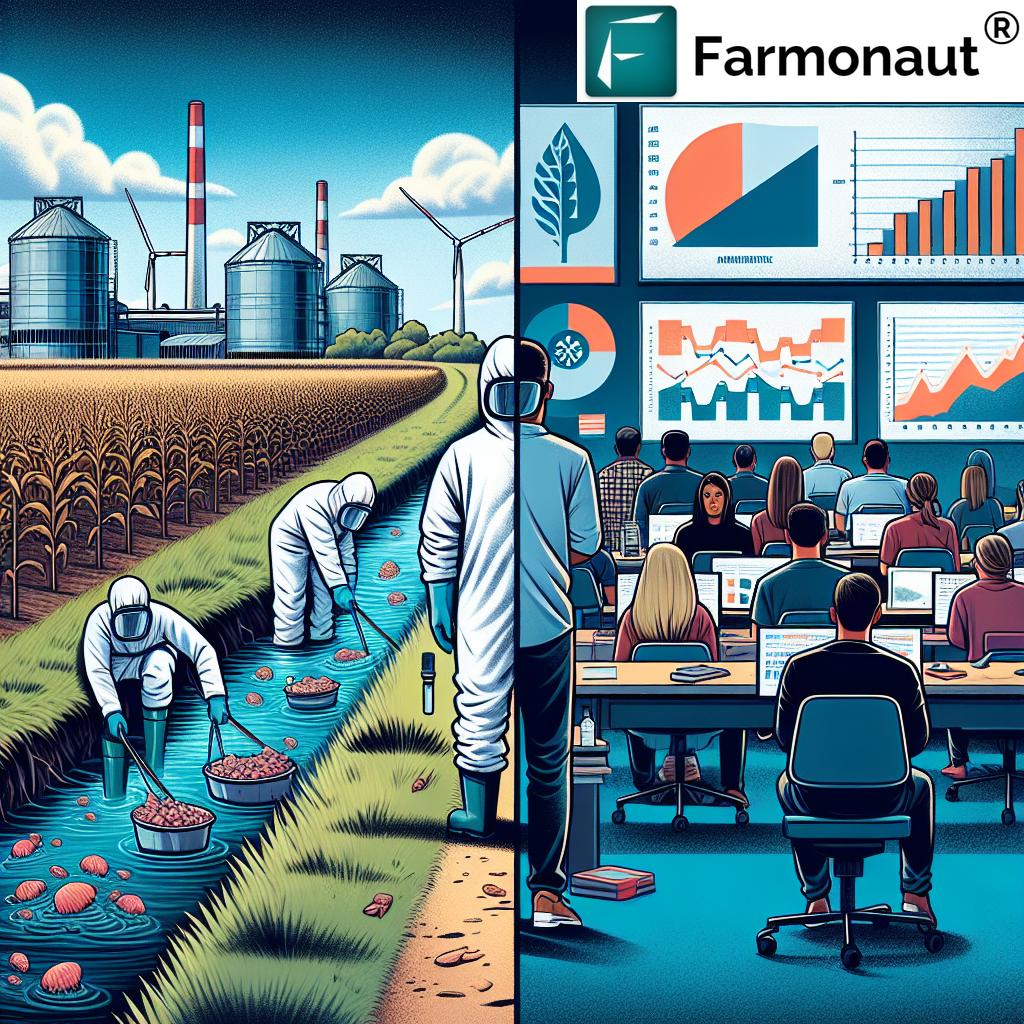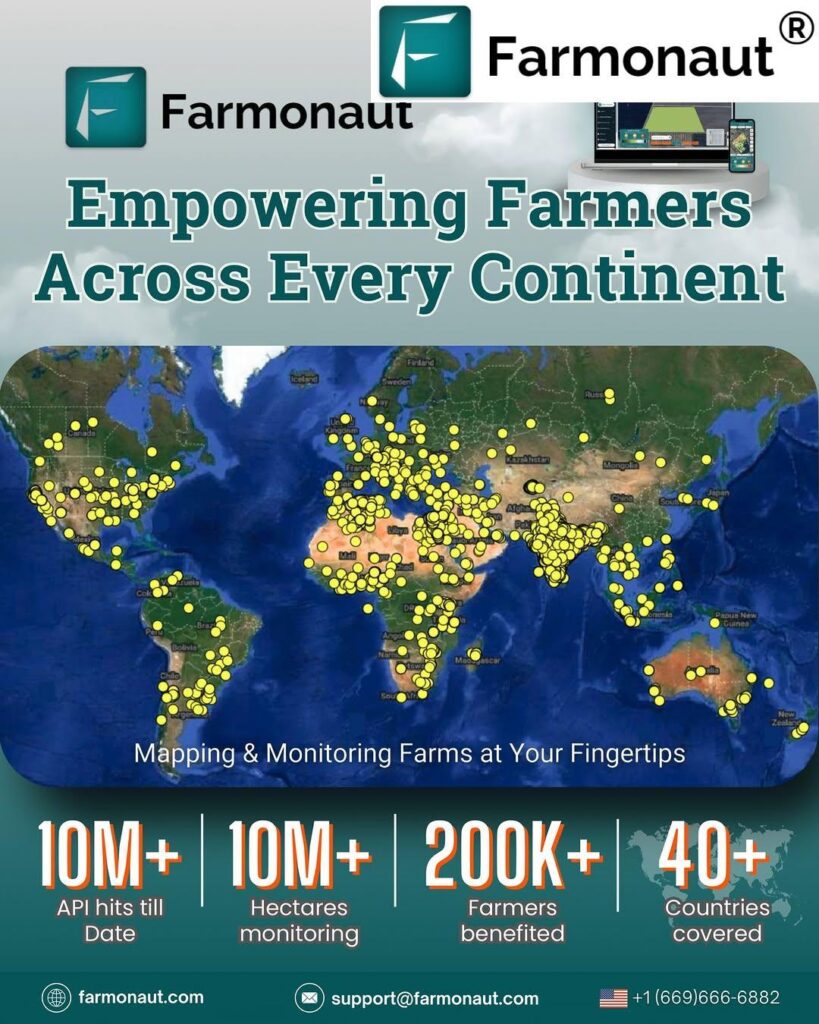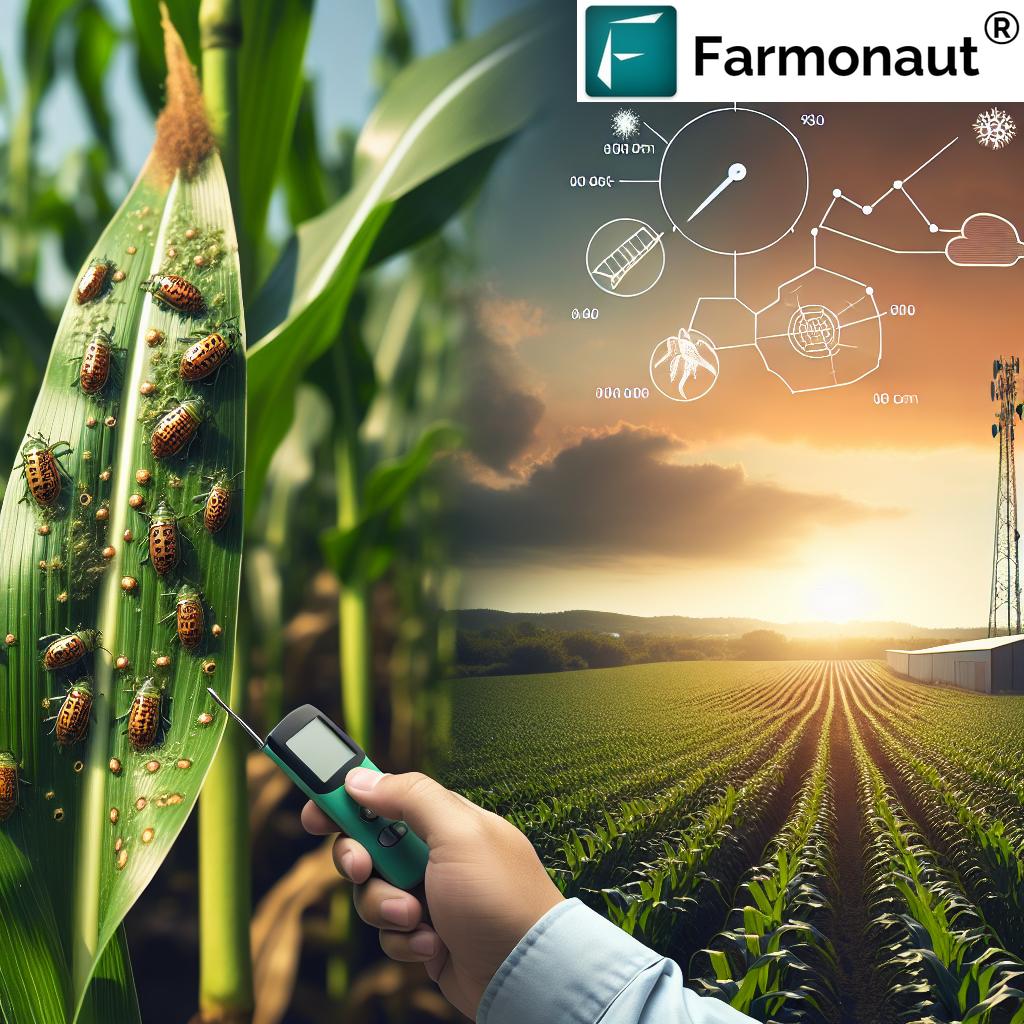Wisconsin Agriculture: Navigating Budget Impacts, Tariffs, and PFAS Challenges in 2023
“Wisconsin’s $116 billion agriculture industry faces challenges from tariffs and potential federal funding cuts in 2023.”
As we delve into the complexities of Wisconsin’s agricultural landscape in 2023, we find ourselves at a critical juncture where state budget proposals, federal uncertainties, and environmental concerns converge. The Badger State, known for its rich farming heritage, is now grappling with a multifaceted challenge that demands innovative solutions and strategic planning.
The State of Wisconsin Agriculture in 2023
Wisconsin’s agriculture industry, valued at an impressive $116 billion, stands as a cornerstone of the state’s economy. However, this vital sector faces unprecedented challenges in 2023, primarily due to the impact of tariffs and the looming threat of federal funding cuts. As a result, state policymakers are tasked with crafting a budget that not only addresses these immediate concerns but also sets the stage for long-term agricultural sustainability.

Governor Evers’ Budget Proposal: A Response to Federal Uncertainties
In Madison, Governor Tony Evers has unveiled a comprehensive two-year spending proposal designed to navigate the choppy waters of federal policy uncertainties. The governor’s plan, totaling $119 billion, represents a significant 20% increase in spending and aims to address critical areas such as agriculture, education, and environmental protection.
Key features of the budget proposal include:
- Creation of a new agriculture economist position to help farmers navigate market disruptions caused by tariffs
- Increased funding to help farmers find and expand markets for their products
- A $145 million allocation to combat PFAS pollution in Wisconsin communities
- Significant increases in funding for the University of Wisconsin System and K-12 education
- Tax adjustments, including cuts for middle-class families and increases for high-income earners
Governor Evers emphasized the need for pragmatism in the face of what he termed “irresponsible decisions in Washington” and “needless chaos.” His budget sets aside $500 million to respond to potential federal funding cuts, underscoring the state’s proactive approach to fiscal management.
The Tariff Challenge: Navigating International Trade Waters
One of the most pressing issues facing Wisconsin’s agriculture industry is the impact of tariffs on international trade. The state’s farmers and agribusinesses are particularly vulnerable to trade disputes with major partners like China and Canada. Governor Evers expressed deep concern about the potential effects of a 25% tariff, warning that it could hurt farmers, agricultural industries, and the broader economy while potentially driving up prices on everyday goods.
To address this challenge, the budget proposal includes measures to:
- Assist farmers in finding new markets for their products
- Provide resources for navigating complex international trade regulations
- Support value-added agriculture initiatives to diversify farm income streams
These measures aim to build resilience in Wisconsin’s agricultural sector, enabling it to weather the storms of international trade disputes and market volatility.
PFAS Pollution: A Growing Environmental and Health Concern
“The state budget proposal allocates resources to combat PFAS pollution, addressing environmental and public health concerns in Wisconsin.”
Per- and polyfluoroalkyl substances (PFAS), often referred to as “forever chemicals,” have emerged as a significant environmental and public health challenge in Wisconsin. These man-made chemicals, linked to various health issues including cancer and liver disease, have contaminated water sources in numerous communities across the state.
Governor Evers’ budget proposal allocates $145 million to address PFAS pollution through:
- Expanded testing to identify contaminated areas
- Research into effective remediation techniques
- Support for affected communities, including provision of clean drinking water
This commitment to tackling PFAS pollution represents a crucial step in protecting Wisconsin’s natural resources and the health of its residents. However, the proposal has faced criticism from some Republican lawmakers who argue that previous PFAS relief efforts were vetoed by the governor.
Education Funding: Investing in Wisconsin’s Future
Recognizing the vital role of education in shaping the state’s future, including its agricultural workforce, Governor Evers’ budget includes substantial increases in funding for both K-12 schools and the University of Wisconsin System. This investment is seen as critical for developing the skills and knowledge needed to drive innovation in agriculture and other key sectors of the state’s economy.
Key educational initiatives in the budget include:
- Increased per-pupil funding for K-12 schools
- Expanded support for special education programs
- Significant funding boosts for the University of Wisconsin System
- Investment in agricultural education and research programs
Tax Policy: Balancing Relief and Revenue
The budget proposal includes a mix of tax cuts and increases aimed at providing relief to middle-class families while generating revenue from high-income earners. Specific tax measures include:
- Elimination of the income tax on tips
- Removal of sales tax on over-the-counter medications
- Income tax reductions for middle-class taxpayers
- A new incentive program to encourage local governments to limit property tax increases
- Increased income taxes on millionaires
These tax adjustments reflect an attempt to balance fiscal responsibility with the need to provide relief to Wisconsin families and support critical state programs.
Budget Allocation Comparison
| Budget Category | 2022 Allocation (Estimated) | 2023 Proposed Allocation | Percentage Change |
|---|---|---|---|
| Agriculture Industry Support | $93 million | $100 million | +7.5% |
| PFAS Pollution Mitigation | $10 million | $145 million | +1350% |
| University Funding | $1.2 billion | $1.4 billion | +16.7% |
| K-12 Education Funding | $7.1 billion | $7.8 billion | +9.9% |
| Property Tax Incentives | $25 million | $40 million | +60% |
| Prison System Reform | $1.3 billion | $1.5 billion | +15.4% |
The Role of Technology in Wisconsin Agriculture
As Wisconsin’s agriculture industry faces these challenges, the role of technology in farming becomes increasingly crucial. Advanced agricultural technologies can help farmers optimize their operations, reduce costs, and increase yields, even in the face of economic and environmental pressures.
One such technology solution is offered by Farmonaut, a company that provides satellite-based farm management tools. While not directly mentioned in the state budget, such technologies align with the goals of increasing agricultural productivity and sustainability.
Farmonaut’s platform offers features such as:
- Real-time crop health monitoring using satellite imagery
- AI-driven advisory systems for personalized farm management
- Blockchain-based traceability for agricultural products
- Tools for efficient resource and fleet management
These technologies can help Wisconsin farmers adapt to changing market conditions, optimize their use of resources, and potentially mitigate some of the impacts of tariffs and other economic challenges.
The Debate: Republican Response and Legislative Hurdles
While Governor Evers’ budget proposal outlines a comprehensive plan to address Wisconsin’s agricultural and economic challenges, it faces significant opposition from Republican lawmakers who control the state legislature. Key points of contention include:
- The overall increase in spending, which Republicans argue is unsustainable
- Proposed tax increases on high-income earners
- The approach to PFAS mitigation, with some lawmakers arguing for different strategies
- The inclusion of non-fiscal items in the budget, which some legislators believe should be considered separately
Republican leaders have indicated that they will likely reject many of the governor’s proposals, as they have done with previous budgets. This sets the stage for intense negotiations and potential compromises as the budget makes its way through the legislative process.
Looking Ahead: The Future of Wisconsin Agriculture
As Wisconsin navigates these complex budgetary and policy challenges, the future of its agriculture industry hangs in the balance. The state’s ability to adapt to changing market conditions, address environmental concerns, and support its farming communities will be crucial in maintaining its position as a leading agricultural producer.
Key factors that will shape the future of Wisconsin agriculture include:
- The outcome of international trade negotiations and their impact on tariffs
- The effectiveness of state and federal programs in supporting farmers
- Progress in addressing PFAS contamination and other environmental challenges
- The adoption of new technologies and farming practices to increase efficiency and sustainability
- The development of new markets and value-added agricultural products
As these issues unfold, farmers, policymakers, and agricultural businesses will need to work together to ensure the long-term viability and success of Wisconsin’s agricultural sector.
Conclusion: A Pivotal Moment for Wisconsin Agriculture
The 2023 state budget proposal represents a pivotal moment for Wisconsin agriculture. As the state grapples with the impacts of tariffs, potential federal funding cuts, and environmental challenges, the decisions made today will have far-reaching consequences for farmers, rural communities, and the broader Wisconsin economy.
While the path forward may be challenging, Wisconsin’s long history of agricultural innovation and resilience provides a strong foundation for addressing these issues. By leveraging new technologies, fostering collaboration between stakeholders, and making strategic investments in key areas, Wisconsin can work towards a future where its agriculture industry not only survives but thrives in the face of global and local challenges.
FAQ Section
- Q: How will tariffs impact Wisconsin’s agriculture industry?
A: Tariffs could potentially hurt farmers and agricultural industries by increasing costs and reducing market access for Wisconsin’s agricultural products, particularly in key export markets like China and Canada. - Q: What is PFAS, and why is it a concern in Wisconsin?
A: PFAS (Per- and polyfluoroalkyl substances) are man-made chemicals that don’t easily break down in nature. They have been linked to various health issues and have contaminated water sources in several Wisconsin communities. - Q: How does the budget proposal address PFAS contamination?
A: The budget allocates $145 million for PFAS mitigation, including funding for testing, research into remediation techniques, and support for affected communities. - Q: What are the main points of contention between Governor Evers and Republican lawmakers regarding the budget?
A: Key areas of disagreement include overall spending levels, proposed tax increases, the approach to PFAS mitigation, and the inclusion of non-fiscal items in the budget. - Q: How might the proposed budget impact education in Wisconsin?
A: The budget includes significant increases in funding for both K-12 schools and the University of Wisconsin System, aiming to invest in the state’s educational future.
Earn With Farmonaut
Earn 20% recurring commission with Farmonaut’s affiliate program by sharing your promo code and helping farmers save 10%. Onboard 10 Elite farmers monthly to earn a minimum of $148,000 annually—start now and grow your income!
Learn More About Farmonaut’s Affiliate Program
Farmonaut Subscriptions
As we continue to monitor the developments in Wisconsin’s agricultural landscape, it’s clear that the challenges ahead are significant. However, with strategic planning, technological innovation, and collaborative efforts, Wisconsin’s farming community can navigate these turbulent times and emerge stronger. The decisions made in the coming months will play a crucial role in shaping the future of agriculture in the Badger State.















